“I want to start playing the shamisen, but there are so many types, and I don’t know which one to choose…”
Do you feel that way? The shamisen, a traditional Japanese instrument that Japan boasts, captivates many people with its profound sound and expressive power. However, there are various types, such as the Tsugaru shamisen, Nagauta shamisen, and Jiuta shamisen, and each has distinct characteristics.
This article clearly explains the main types of shamisen and their differences, even for beginners. We’ll give you hints to find the perfect shamisen that matches your vision of “what sound I want to play!” and “what kind of performance I want to do!” By the time you finish reading, the world of shamisen should feel much more familiar! Now, let’s dive into the fascinating world of the shamisen together.
◇What is the Shamisen? Basics and Appeal
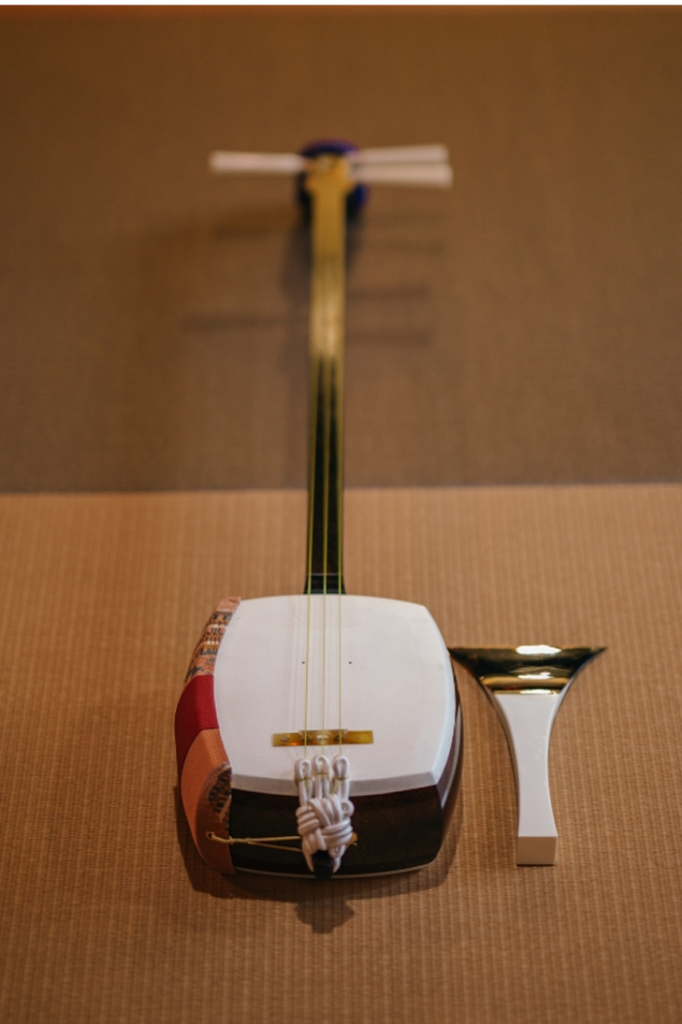
The shamisen is a stringed instrument that has been passed down in Japan for centuries. Its unique sound captures the hearts of listeners, evoking various scenes and emotions. The basic structure of a shamisen is broadly composed of three parts: the sao (neck), the do (body), and the ito (strings).
The sao is the neck of the shamisen, and its thickness, length, and the material used influence the tone and ease of playing. The do is covered with dog or cat skin, or synthetic skin, and plays a crucial role in amplifying the sound. The type of skin significantly alters the resonance and sustain of the sound, and is chosen to match the genre of music being played. The three ito (strings) are made of silk or tetron, and their thickness and material create subtle differences in tone. By plucking these with a bachi (plectrum) or fingers, the rich sound unique to the shamisen is produced.
◇Thoroughly Comparing Shamisen Types!
There are many types of shamisen, but the most representative ones are the Tsugaru shamisen, Nagauta shamisen, and Jiuta shamisen. Since each developed with different backgrounds and purposes, they have clear distinctions in appearance, sound, and playing style.
-Tsugaru Shamisen: Power of Improvisation
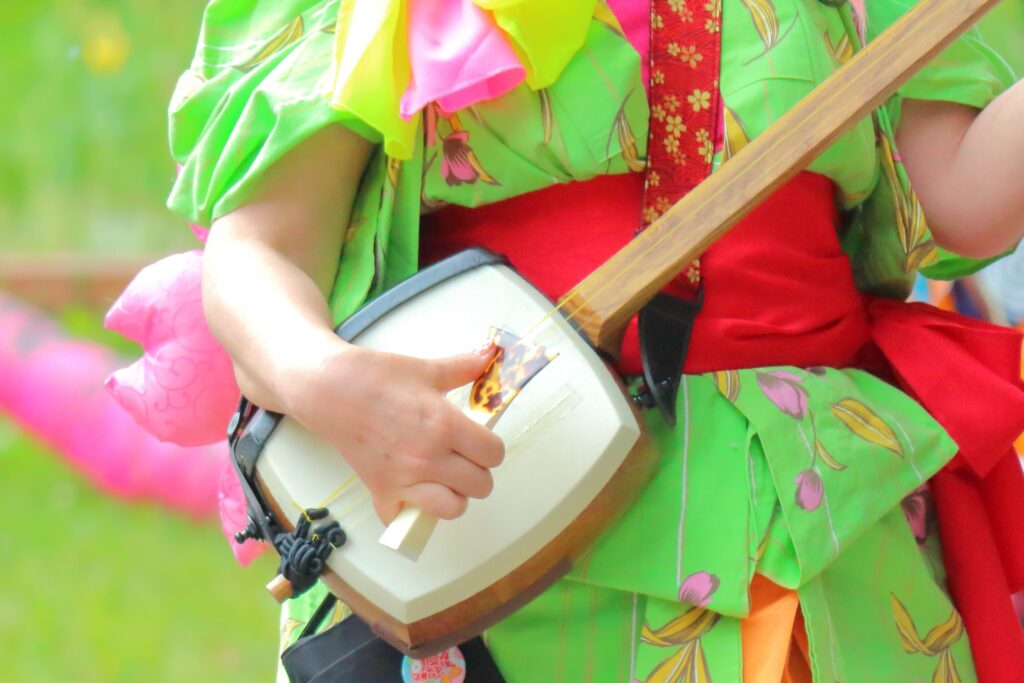
The Tsugaru shamisen originated in the Tsugaru region of Aomori Prefecture. The music, nurtured in the harsh, snowy natural environment, is powerful and passionate. Compared to other shamisen, it’s characterized by a thicker neck and a larger body. The bachi is also large and heavy, leading to a unique playing method called “tataki-bachi,” where the skin is struck, producing a powerful sound. It’s primarily used for improvisation and is active in a wide range of genres, from folk song accompaniment to collaborations with modern music. Its soul-stirring sound is truly overwhelming.
-Nagauta Shamisen: The Sound of Kabuki
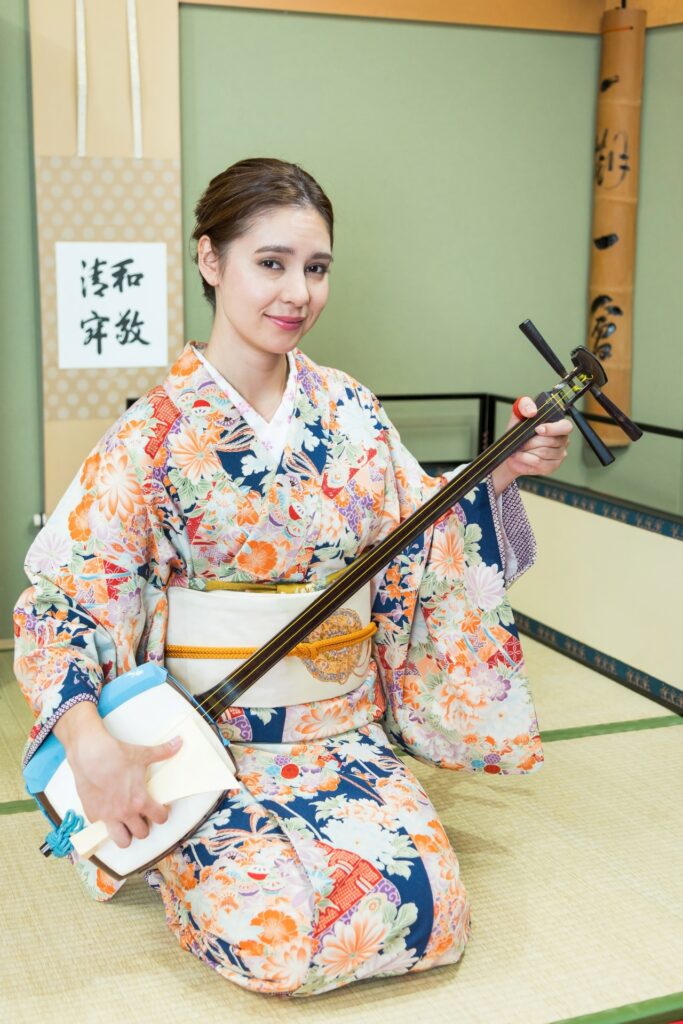
The Nagauta shamisen developed alongside Kabuki during the Edo period. It’s often used to accompany Kabuki dances, and its sound is delicate and lustrous. The neck is primarily of medium thickness, and the body is of standard size. A relatively thin and delicate bachi is used, which is suitable for expressing subtle nuances and beautiful tones. It performs emotionally rich melodies that complement Kabuki dialogue and movements, coloring the entire stage. The integration with the uta (song) is highly valued, making it an indispensable element for expressing refined Japanese beauty.
-Jiuta Shamisen: The Sound of Healing
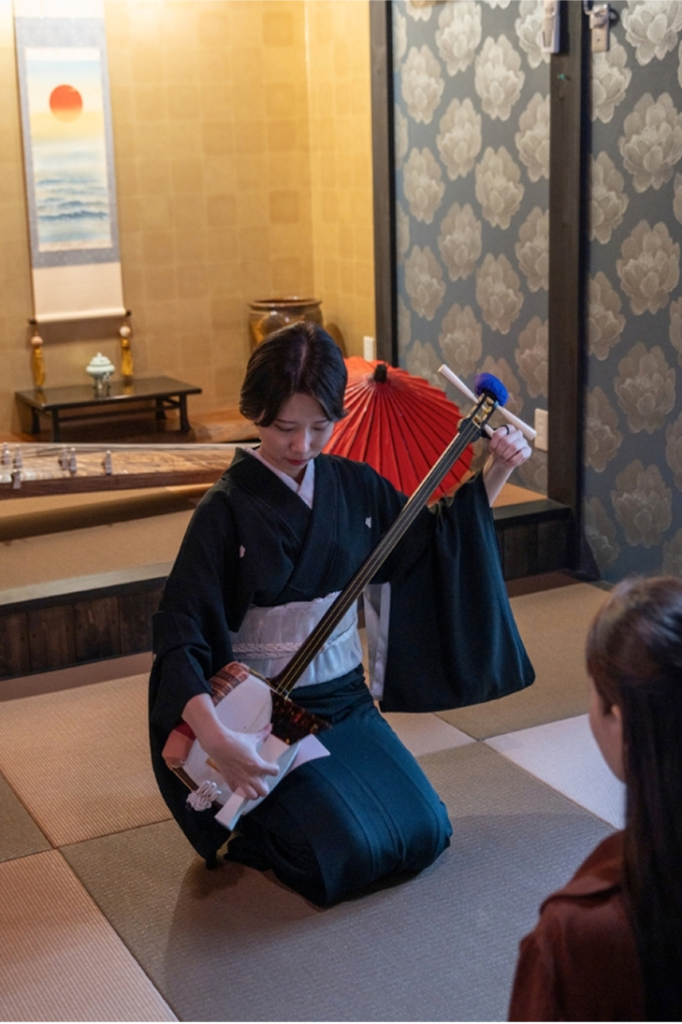
The Jiuta shamisen mainly developed in the Keihanshin area (Kyoto and Osaka). Its sound is elegant and calm, characterized by lyrical expression. The neck varies from medium to thin, and some are slightly thicker or thinner than Kabuki shamisen. While the body is standard-sized, in Jiuta, players sometimes use “tsume” (finger picks) in addition to a bachi. It’s often played in ensembles with other Japanese instruments like the koto and shakuhachi, having evolved as chamber music and instrumental pieces performed in a serene atmosphere. Its deeply gentle sound, which seems to softly envelop the listener, is its charm.
◇Which Shamisen is Right for You?
How to choose a shamisen depends on what kind of sound you want to play and what genre interests you.
- If you want to enjoy powerful playing and improvisation, the Tsugaru shamisen is recommended.
- If you’re interested in Kabuki or traditional Japanese dance and want to pursue delicate expression, the Nagauta shamisen would be suitable.
- If you want to play calm pieces thoroughly, or perform in ensembles with other Japanese instruments, the Jiuta shamisen is ideal.
The best first step is to listen to recordings of the shamisen type that interests you or participate in a trial lesson. By experiencing it firsthand, you’ll be able to feel the charm of the instrument even more deeply.
Your First Step into the World of Shamisen!
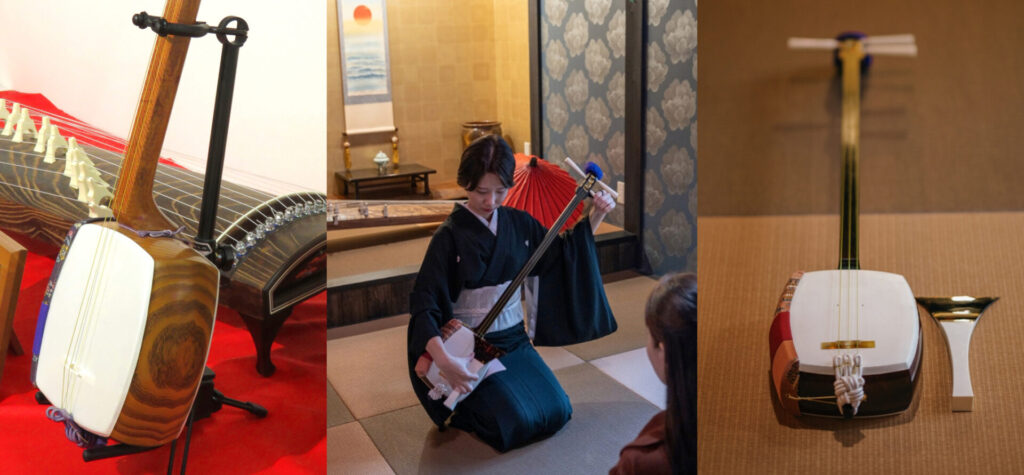
In this article, we’ve explained the representative types of shamisen – the Tsugaru shamisen, Nagauta shamisen, and Jiuta shamisen – along with their respective appeals and tips for choosing one. If you’re unsure which shamisen to pick, it’s important to consider what kind of sound you want to create and what genres interest you. We recommend starting by comparing sounds on videos or attending a trial lesson. Why not take your first step into the profound world of the shamisen today?

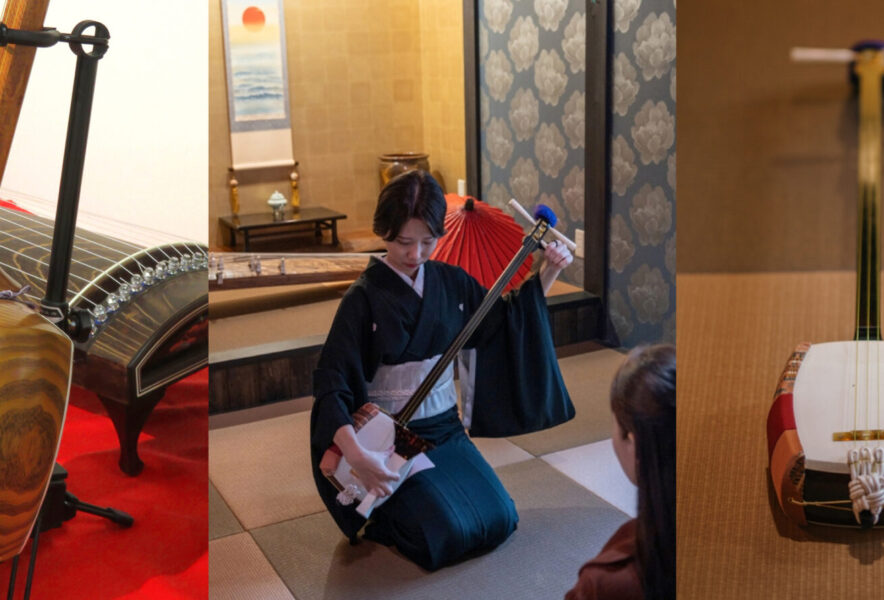
Comment